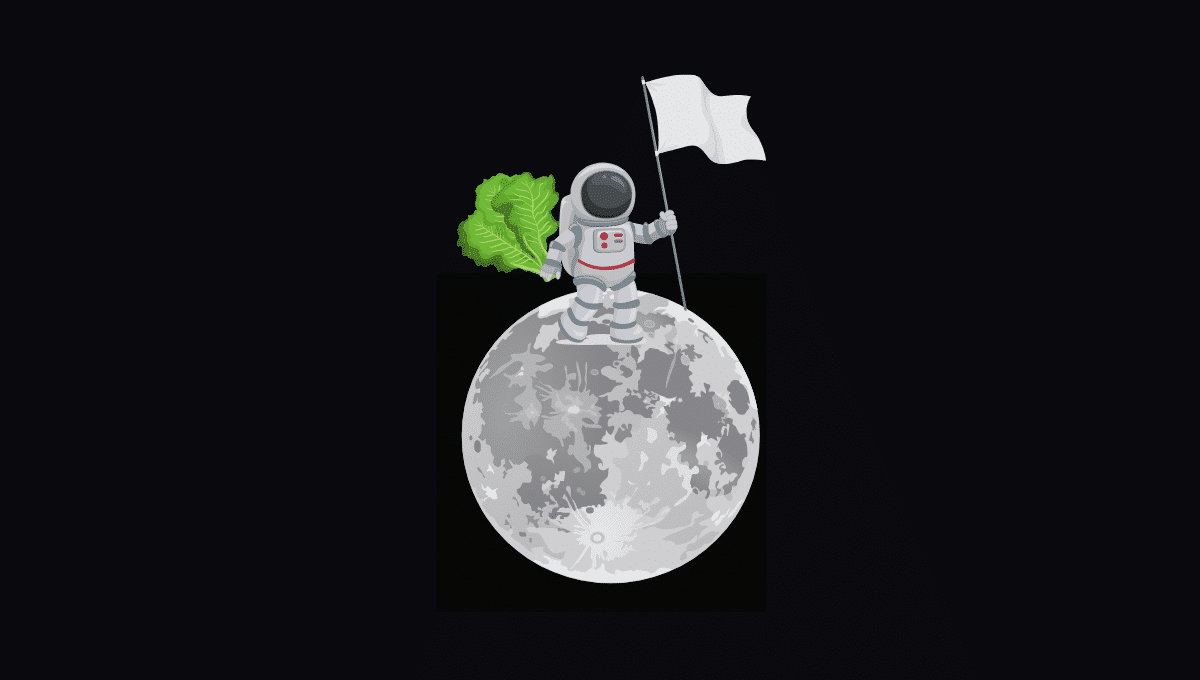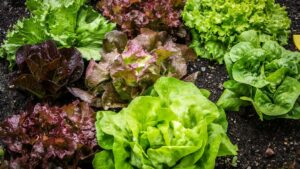National Aeronautics and Space Administration (NASA) scientists might have found a solution for human bone loss in space with a new transgenic lettuce that produces a bone-stimulating hormone, according to the American Chemical Society.
In addition to the hormone’s benefits in space, the lettuce is also said to have the power to prevent osteoporosis in areas with limited resources.
NASA plans to begin a three-year mission in the 2030s where they say transgenic lettuce could be a game changer. It’s impactful because on average, astronauts lose more than 1% of bone mass each month they are in space.
“Right now, astronauts on the International Space Station have certain exercise regimens to try to maintain bone mass,” states Kevin Yates, a graduate student at the University of California, Davis who presented his work at the American Chemical Society media briefing, in a recent press release. “But they’re not typically on the International Space Station for more than 6 months.”
With no precautions, any space mission has the potential to onset osteopenia, and eventually osteoporosis, in the astronauts.
Another option available to combat bone loss is a medication that contains a peptide fragment of human parathyroid hormone (PTH). PTH helps to stimulate bone formation, but the downside to this alternative is that the medication must be injected daily.
An Easy Solution to Bone Loss
Enter transgenic lettuce.
“Astronauts can carry transgenic seeds, which are very tiny — you can have a few thousand seeds in a vial about the size of your thumb — and grow them just like regular lettuce,” Somen Nandi, a scientist and Managing Director of Global HealthShare Initiative (GHS) at the University of California, Davis says. “They could use the plants to synthesize pharmaceuticals, such as PTH, on an as-required basis and then eat the plants.”
To get the full effect, humans must consume around 380 grams (8 cups) daily, explained Yates. Scientists are now working towards creating a more concentrated seed.
“One thing we’re doing now is screening all of these transgenic lettuce lines to find the one with the highest PTH-Fc expression,” Karen McDonald, a Chemical Engineering professor at the University of California, Davis shared. “We’ve just looked at a few of them so far, and we observed that the average was 10-12 mg/kg, but we think we might be able to increase that further. The higher we can boost the expression, the smaller the amount of lettuce that needs to be consumed.”
Successful trials have been completed at the International Space Station. Although researchers must still conduct clinical trials on humans and animals after optimizing PTH-Fc expression levels, scientists seem very hopeful.
“I would be very surprised that if, by the time we send astronauts to Mars, plants aren’t being used to produce pharmaceuticals and other beneficial compounds” Yates predicts.
For more information, watch ACS Spring 2022 briefing.
Read More About Lettuce Varieties and Farming in Space:
Gene Discovery May Yield Lettuce That Will Sprout in Hot Weather
Rijk Zwaan Lettuce Varieties Resistant Against New Downy Mildew Race











